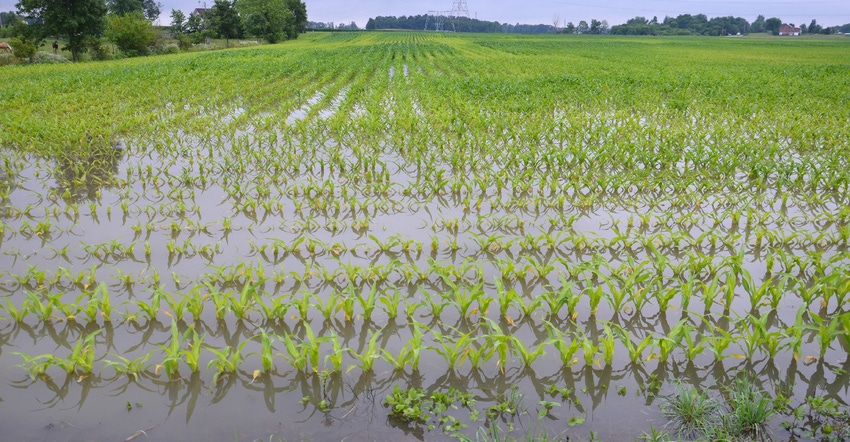February 8, 2021

Climate is changing in the 21st century around the globe, and it appear it will continue to change. Why it’s changing can be debated, but changes are facts. Jeff Schussler documented them during the virtual Indiana CCA 2020 annual meeting.
Schussler, who operates Schussler Ag Research Solutions, also laid out several things he believes growers can do to prepare their farm for ongoing and/or upcoming changes in weather patterns. He worked extensively in the plant breeding industry, gaining insight into practices which may help farmers better adapt to the future.
Here are his suggestions.
Consider early planting. When you can plant early, take advantage of it. Several recent studies indicate early planting not only on corn, but also on soybeans, is a sound agronomic practice anyway.
Use full-season hybrids and varieties. Since data indicate the growing season has expanded over the past two decades and likely will grow longer, take advantage of full-season hybrids and varieties for your area, Schussler says. Fuller-season hybrids tend to yield more compared to early-season hybrids.
Take full advantage of sunlight. One positive change is solar brightening, he says. Higher plant density in corn may help fill the canopy and take better advantage of sunlight.
Split nitrogen applications. If there will be more heavy rains earlier in the season, early-applied nitrogen could be subject to more loss, he says. Several growers are already splitting nitrogen applications. Some are making planned applications later in the season. Yield results aren’t always consistent, but it’s a practice which may fit in areas where parts of fields suffer when it’s very wet early in the growing season. The use of nitrogen stabilizers can also prevent nitrogen loss into the environment.
Use cover crops to reduce soil erosion. As the growing season becomes longer, some cover crops which once weren’t as practical to grow — especially in more Northern areas — may come back into play, he says. They may have more time to become established before fall freezing stops growth.
Consider your crop mix. As the climate changes, there may be advantages to consider growing more cereal grains or other crops instead of corn in some situations.
Optimize field drainage. If rain events are going to become more intense, and evidence indicates that’s already happening, investing in tile to help fields dry out faster makes even more sense, Schussler says. Better-drained fields help you get on them earlier to plant in the spring, and tend to pond less, which can reduce nitrogen losses.
Use genetic advancements and technology when possible. There are already examples where companies have developed products better suited to deal with conditions which could results from climate change, and more are on the way, he notes. For example, Pioneer AquaMax hybrids were developed through natural selection processes to perform better under dry conditions, and just as well as conventional hybrids, in years with ample moisture. Likewise, DroughtGard hybrids from Bayer, developed using transgenic methods, can also help hybrids tolerate tougher dry conditions better. Look for more advancements through breeding and technology in the future, and be ready to incorporate them where they fit into your operation.
You May Also Like




